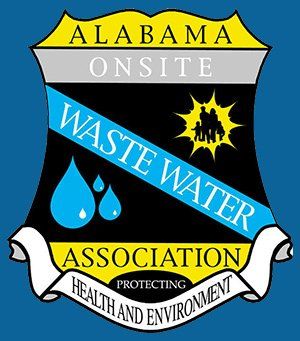A Homebuyer's Guide to Septic Tank Systems
- By Admin
- •
- 29 Apr, 2020
- •

Although septic systems have become less common as the years have rolled on, they are still a key part of modern American living. Throughout the country, about 20% of all homes continue to use septic systems. Since they remain such a fixture in many parts of the country, it is not unusual to encounter one when searching for a new home.
If you've never owned a home with a septic tank system, then purchasing one might seem intimidating. Fortunately, septic systems are a safe, efficient, and environmentally-friendly method of dealing with wastewater. These four tips will give you the knowledge you need to purchase a septic tank-equipped home with confidence.
1. Understand the Components of Your System
Septic tanks are a time-tested technology, but they aren't particularly complicated. Understanding a bit about how a septic system works will help you to work with the house's seller and your inspectors to ensure that the system is in good working order. For a residential system, there are four primary components to know: the tank, the distribution box, the leaching field, and the waste plumbing.
The tank itself stores solid waste and grease. Contrary to popular belief, the tank is not full when liquid waste reaches the top. Instead, the tank fills up as part of its regular operation. Liquid effluent then flows out of the tank and into a distribution box, which delivers it to the drain (or leaching) field. The drain field pipes allow water to escape into the surrounding gravel, which filters and purifies it.
2. Be Aware of the Maintenance History
While septic tanks can contain large amounts of liquid, problems arise when solid waste begins to accumulate. The microorganisms present in the tank help to break down the solid waste and keep its level under control, but the tank will still require periodic pumping. Overfilled tanks can allow solid waste into the distribution box or leaching field, damaging or ruining the entire system.
When purchasing a home with a septic tank, always try to determine the previous owner's maintenance schedule. A septic tank must be pumped out no less often than every five years. If you suspect that the previous owner has not been correctly maintaining their tank, don't be afraid to ask for receipts or invoices showing recent maintenance activity.
3. Know the Warning Signs
You don't need to be an expert to spot some common septic warning signs. As you walk the property, be aware of any unusual smells. It's also important to keep an eye out for wet spots on the lawn, especially if it has not rained recently. Both of these may indicate that the tank's microorganisms can no longer keep up with the level of waste in the tank. In other words, the tank has become overfilled.
A more subtle problem to watch out for are green patches. Does one section of the lawn near the leaching field appear noticeably greener and lusher? When a tank overfills, solid waste finds its way into the drain field. These nutrient-rich waste products are a boon for plants, but they may spell serious (and costly) trouble for you.
4. Get an Inspection
Even if everything seems to check out, it's always a good idea to have your new home's septic system inspected before purchasing. A septic system can last for decades, making it an especially important part of your investment to safeguard. Most septic tank servicing companies can provide a straightforward inspection of an existing system to help give you the peace of mind you need to buy your dream home.
Once you have your new house, Allen's Septic Tank Service can help you to keep its septic system in perfect working order. We can handle all of your routine maintenance tasks so that your tank and leaching field will last for years to come. Get in touch with us to develop a cleaning and pumping schedule that works for you!

